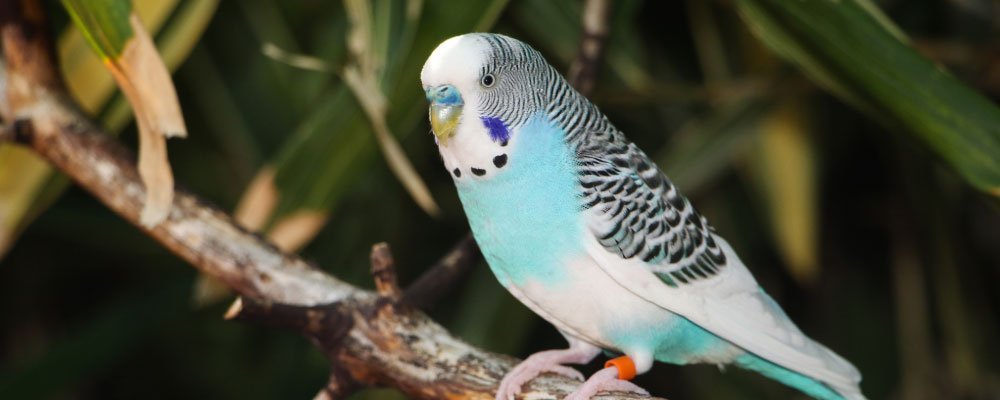
Facts About Budgies & Budgerigar Answers
Where do budgies come from?
Budgies belong to the parrot family in their native Australia and, in the wild, they live in huge flocks, which may be thousands of birds strong. The natural habitat of budgerigars is dry grassland and, during times of drought, they sometimes have to fly hundreds of miles to find food and water. Wild budgerigars are smaller than their domesticated cousins and retain the original colour scheme of light green plumage with yellow heads and black-banded back and wings.
Where does the word ‘budgerigar’ come from?
The name ‘budgerigar' comes from a native Aboriginal word ‘betcherrygah’, which actually means ‘good eating', but today we know them better as great pets!
When did budgies first become pets in Europe?
The first budgies arrived in Europe in 1840 through the first successful breeding program in the UK, but it was the development of colour mutations that inspired the budgerigar craze in the late nineteenth and early twentieth century. The first recorded budgie mutation colour, yellow, occurred in 1870, followed a few years later by the blue coloured budgerigar.
By the 1920s, budgies came in a range of colours and became fashionable as pets in high society and thus fetched astronomical prices. But by the 1920, breeding programs had been expanded and more prices dropped and brightly coloured budgies became more affordable and available as pets. Today, budgerigars can be found in more colour varieties than most other species of bird.
Why are budgies popular as pets?
Budgerigars can be great fun to keep and require only simple and inexpensive care. Therefore, it is not surprising that this friendly, playful and colourful mini-parrot has become the most popular pet bird in the world. However, like all pets, budgies need time, commitment and care as well as daily company and exercise. Before you buy a budgie, be sure you are ready to take on the responsibility of caring for it seriously.
Are budgies dangerous for asthma sufferers?
Yes, budgies may be unsuitable pets for anyone with asthma, as they shed feather dust - not as much as parrots - but enough to cause a potential problem for asthma sufferers. If anyone in your family suffers from allergies, it is advisable to check with your doctor before introducing a budgerigar into the household.
How long do budgies live for?
Budgies are a long-term commitment as they live for ten years on average and up to fifteen years sometimes. Also, budgies become attached to their owners and do not change homes happily, so do think seriously about the future before buying a bird.
What is the earliest age a child can look after a budgie as a pet?
Budgies are really not recommended as pets for children under eight years old as very young children are unlikely to appreciate a pet that they cannot hug and hold and small birds like budgerigars are easily injured. Also, older children can much better understand and appreciate the bird's needs and enjoy a relationship with a budgie.
How many different colour budgies are there in the world?
Budgies are normally to be found in four colours: green, yellow, blue and white. However, this isn’t really the full story as these colours cover a wide range of light, dark and medium shades of green, yellow, blue and white and come in various combinations as well.
Classic varieties of budgies have black barring on the wings and back of the head and black cheek spots, but these markings can also be be brown, grey, very pale or softly mottled (spangle). Apart from colour, there is another variation to be aware of called cresting in three forms:
Full-crested Budgies
Full-crested budgies have a cap of floppy feathers on top of the head
Half-crested Budgies
Half-crested budgies have a smaller cap covering only part of the head
Tufted Budgies
Tufted budgies have just a little upright crest at the front of the head
What should I feed budgies?
Budgie Seed Food Mixes
Various seed mixes designed for budgies are readily available from pet- shops. These should include canary seed, millet, red rape, linseed and niger seed. Some seed mixes also often contain vitamin and mineral supplements in pellet form.
Budgies will nibble off the husk of the seeds, eating only the kernel, and it is essential to clear the left-over husks each day to prevent them from covering the remaining food as budgies won't hunt under the husks for their dinner. Buy food in small quantities, as it will go off if stored for long periods.
Vegetables & Fruit
It’s important to supplement the seed mix with daily fresh greens to keep your budgie healthy. Examples of ideal vegetables and fruit to feed budgerigars are:
Dandelion, spinach, freshly sprouted seeds and seeding grasses, but do not offer lettuce or tired, wilting greens. Apples & carrot wedges are also ideal snacks.
Healthy fruit treats can be served daily in small amounts including:
Mango, melon, apple, grape, guava, kiwi, pomegranate, plum, nectarine, orange, peach, pear, strawberry and tangerine.
Water
Clean drinking water must be available at all times for budgies and preferably changed twice a day to keep it clean and free of bacteria. Water bowls will need checking and refilling more often than water bottles. Tap water is acceptable, though filtered water is better.
Grit
Grit is essential for budgerigars as they need to eat grit in order to digest their food since seed is swallowed whole and then broken down inside the gizzard with the help of the grit they consume.
What foods are dangerous for budgies?
Avocado must be avoided as it can be toxic along with chocolate, coffee and alcohol. Also, fruit seeds should be removed before serving. Finally, be careful to remove uneaten portions promptly. Likewise, junk food should not be fed to budgies as well as sticky foods as they can clog the beak and cause distress.
How can I tell if a budgie is underweight or overweight?
To check if your budgie is overweight or underweight, look at its chest. If the keel bone running down the centre juts out, the budgie is too thin.
On the flip side, If the chest is prominent, with a mid-line indentation over the keel bone, the budgie is too fat. A smooth chest is just right for a budgerigar.
Do budgies need mineral supplements?
A healthy budgie on a balanced diet with regular and varied fresh food is unlikely to need mineral supplements to the diet. However, specific vitamins or minerals may be needed if the bird is very young, sick or injured, or laying eggs and raising young.
What is the best way to hold a budgerigar?
For any but the tamest budgies being held in a hand is a stressful experience, so it is not recommended. However, on occasion you may need to hold your pet, such as examining the bird or administrating medicine.
So, the best way to hold a budgie is to bring your hand down over the budgie’s back and fold your fingers around it, holding the wings close to his body, with your index and middle finger on each side of the head and your other fingers encircling his abdomen. If you are in any doubt of how to do it, ask your local pet shop staff to demonstrate the technique.
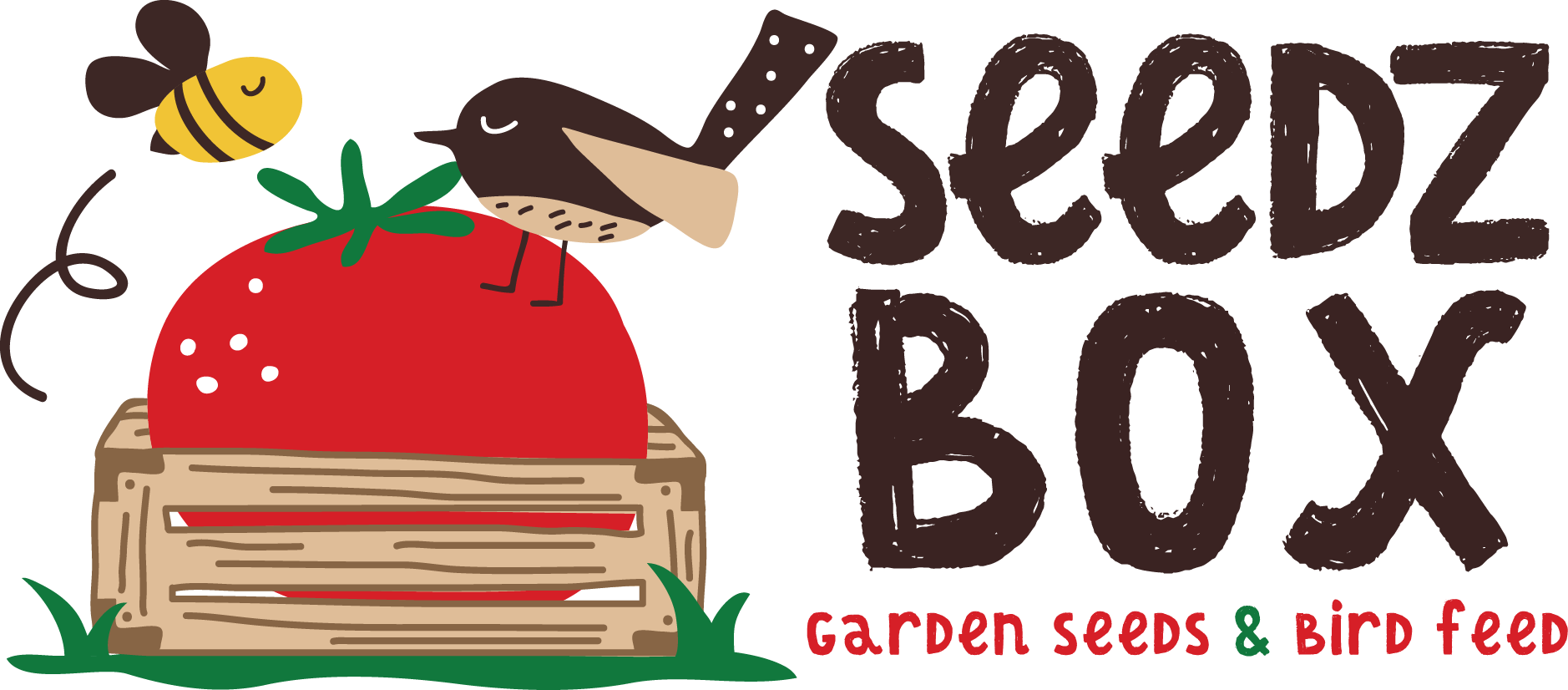
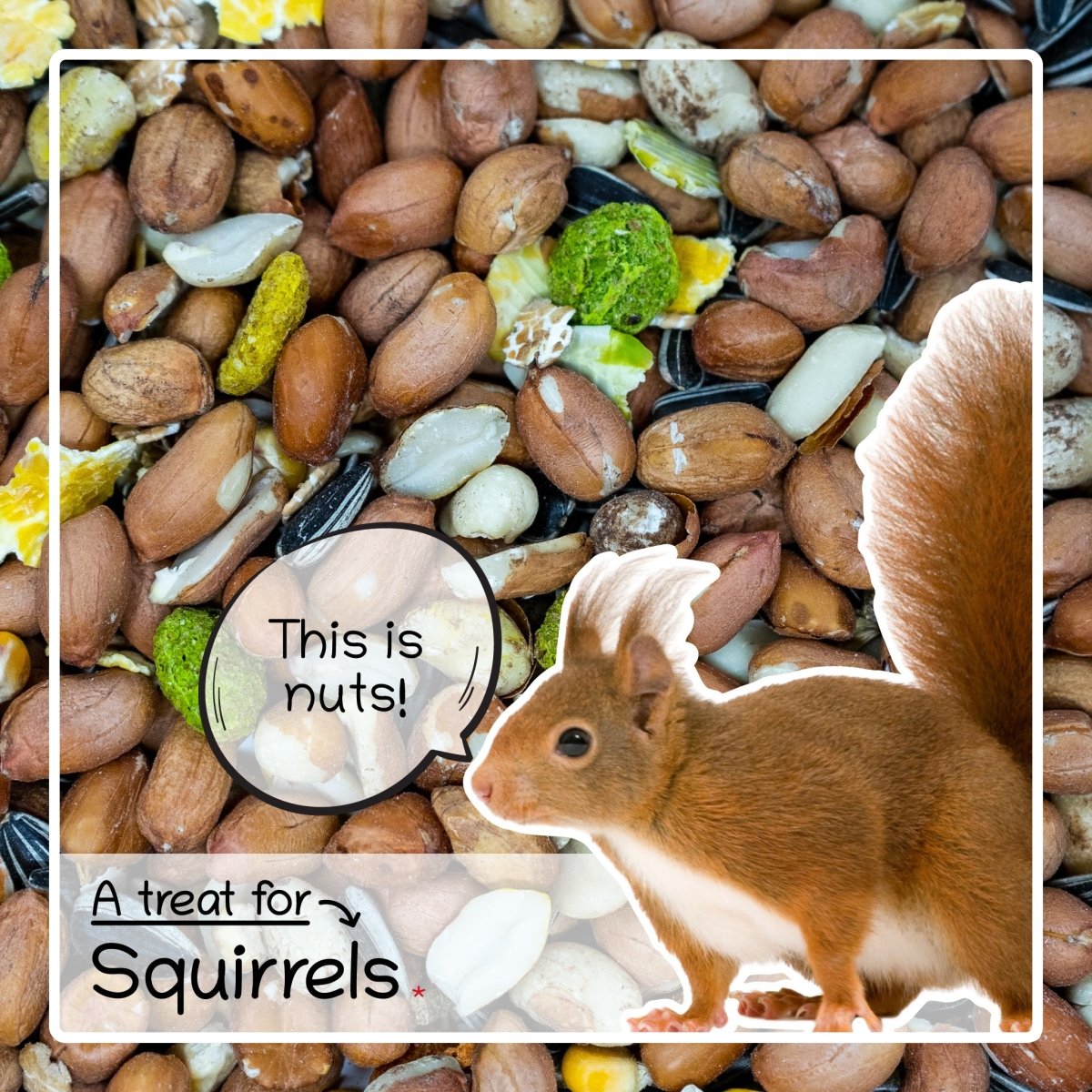
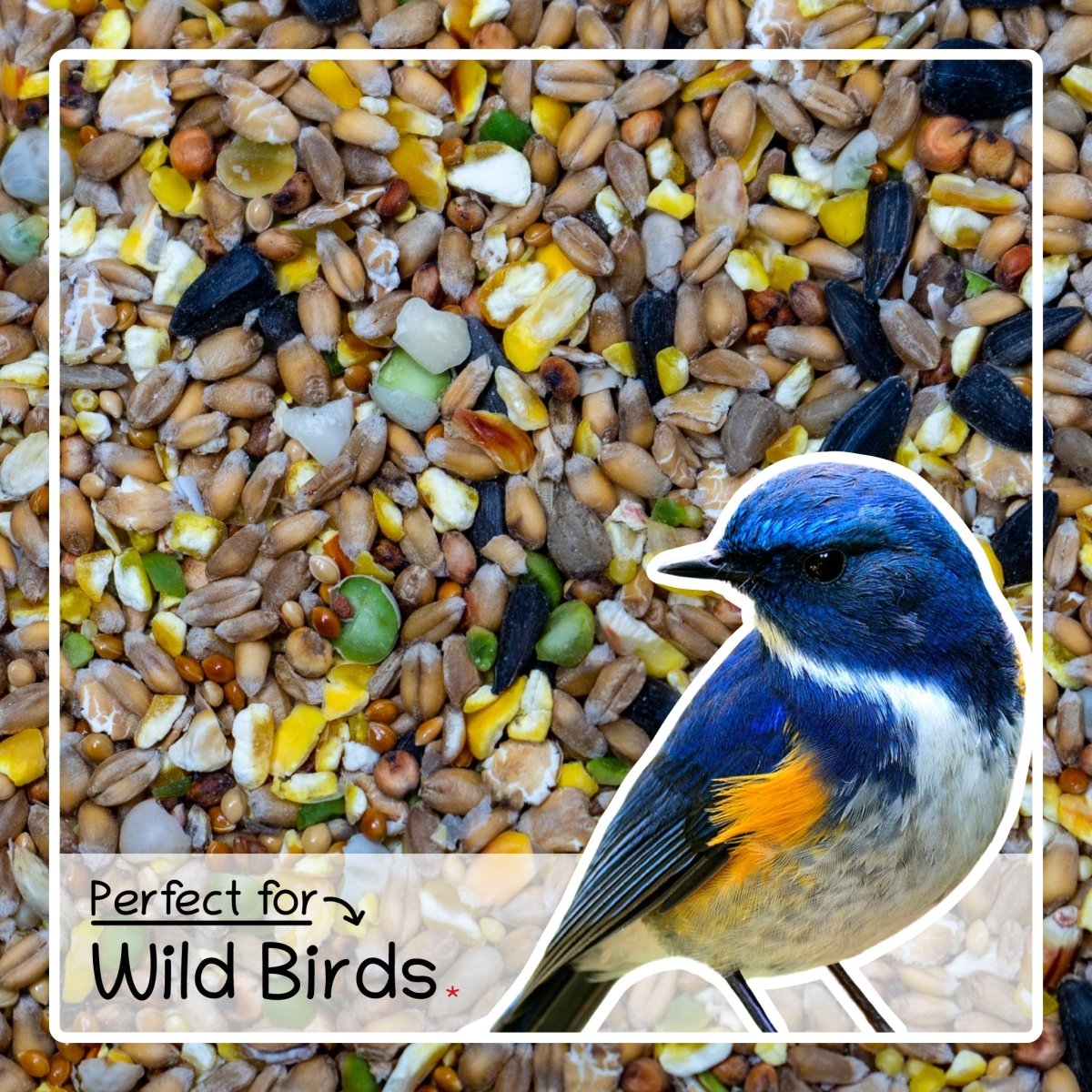
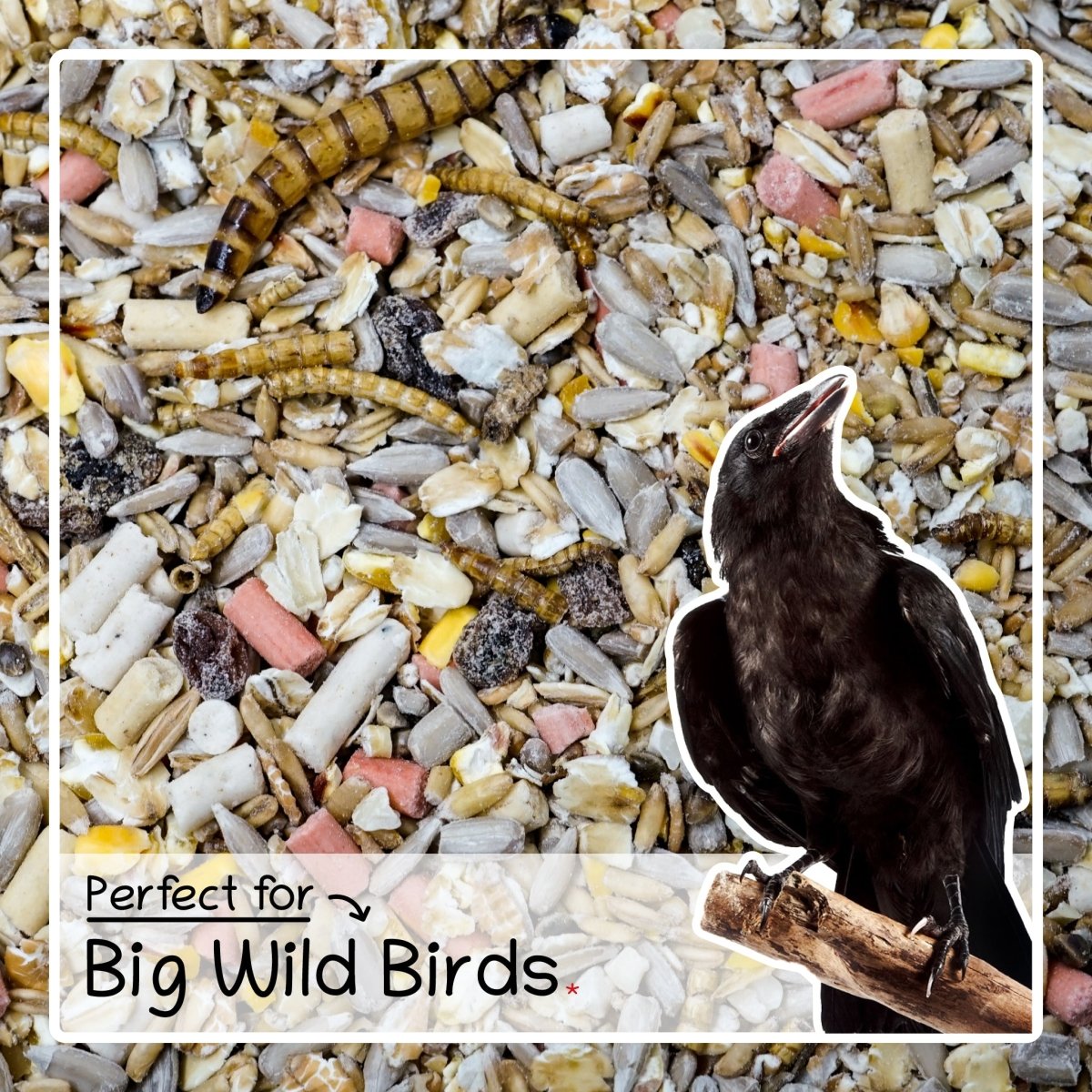
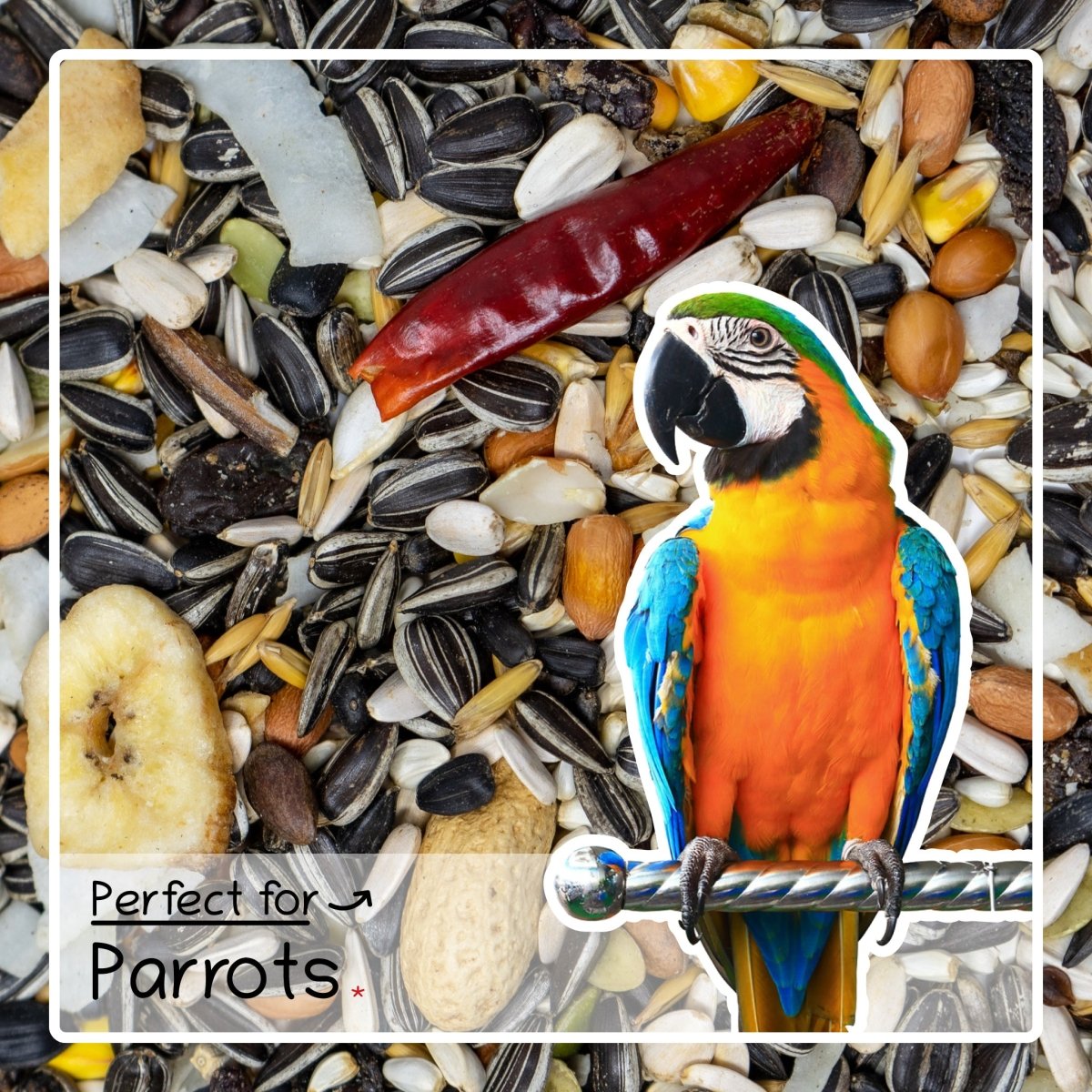
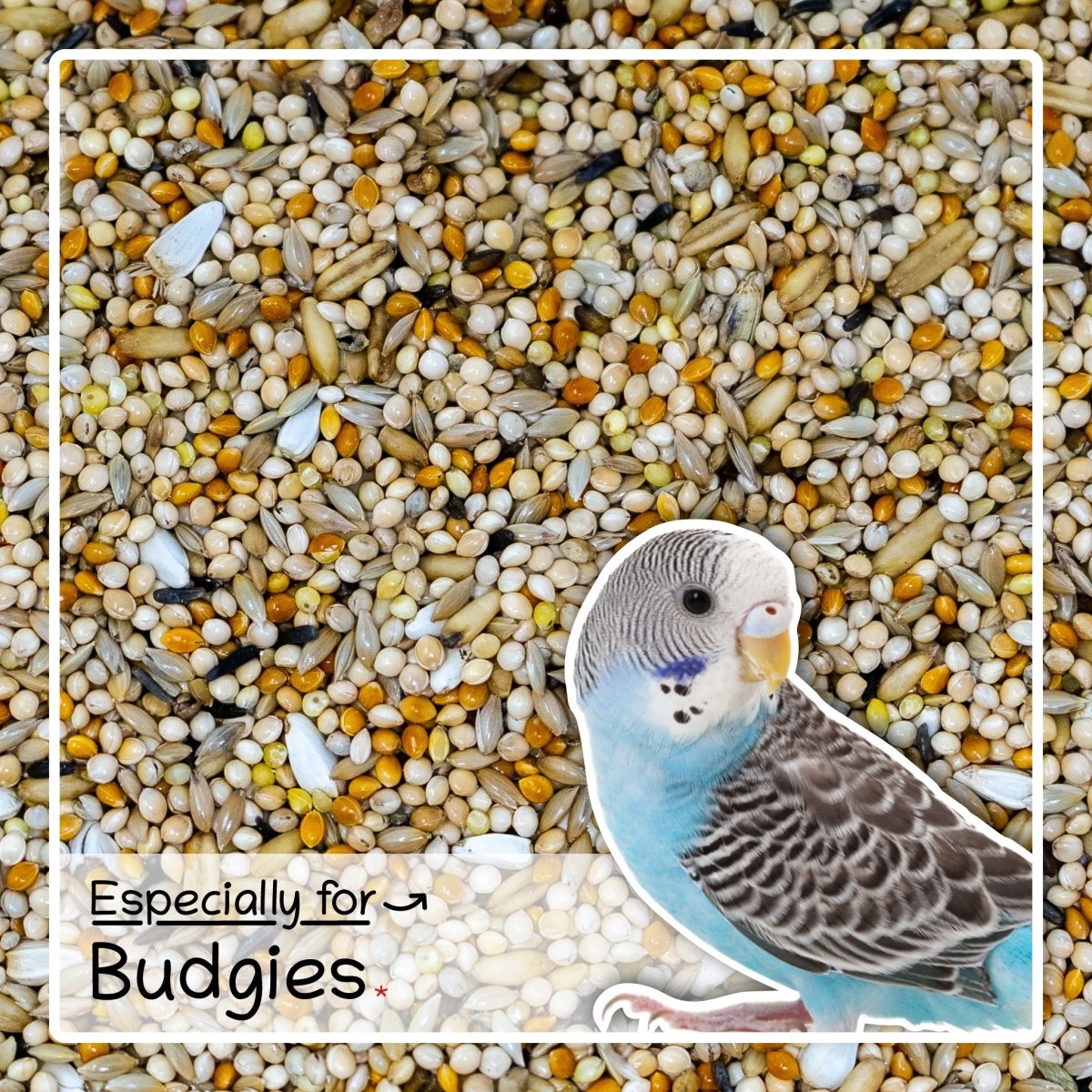
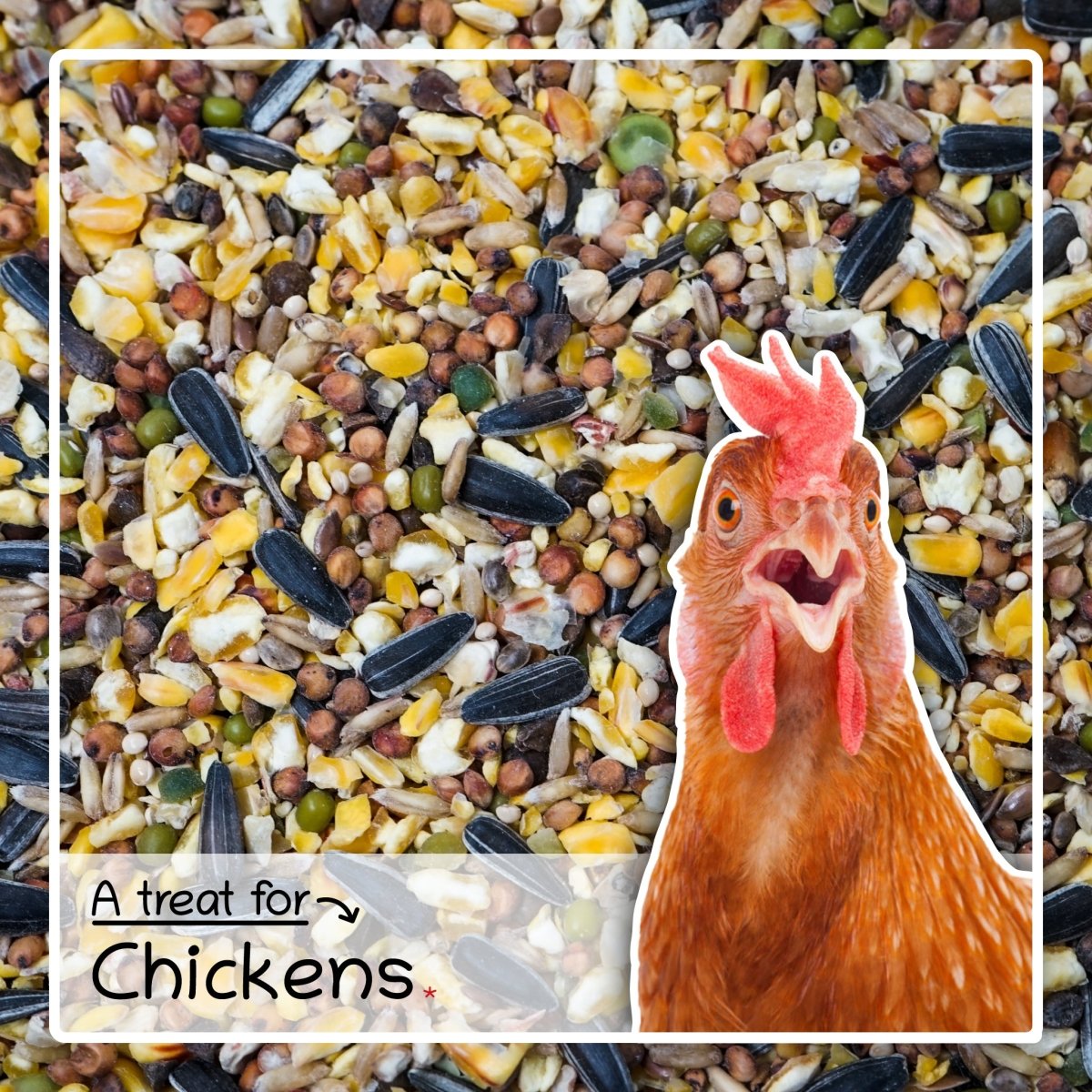
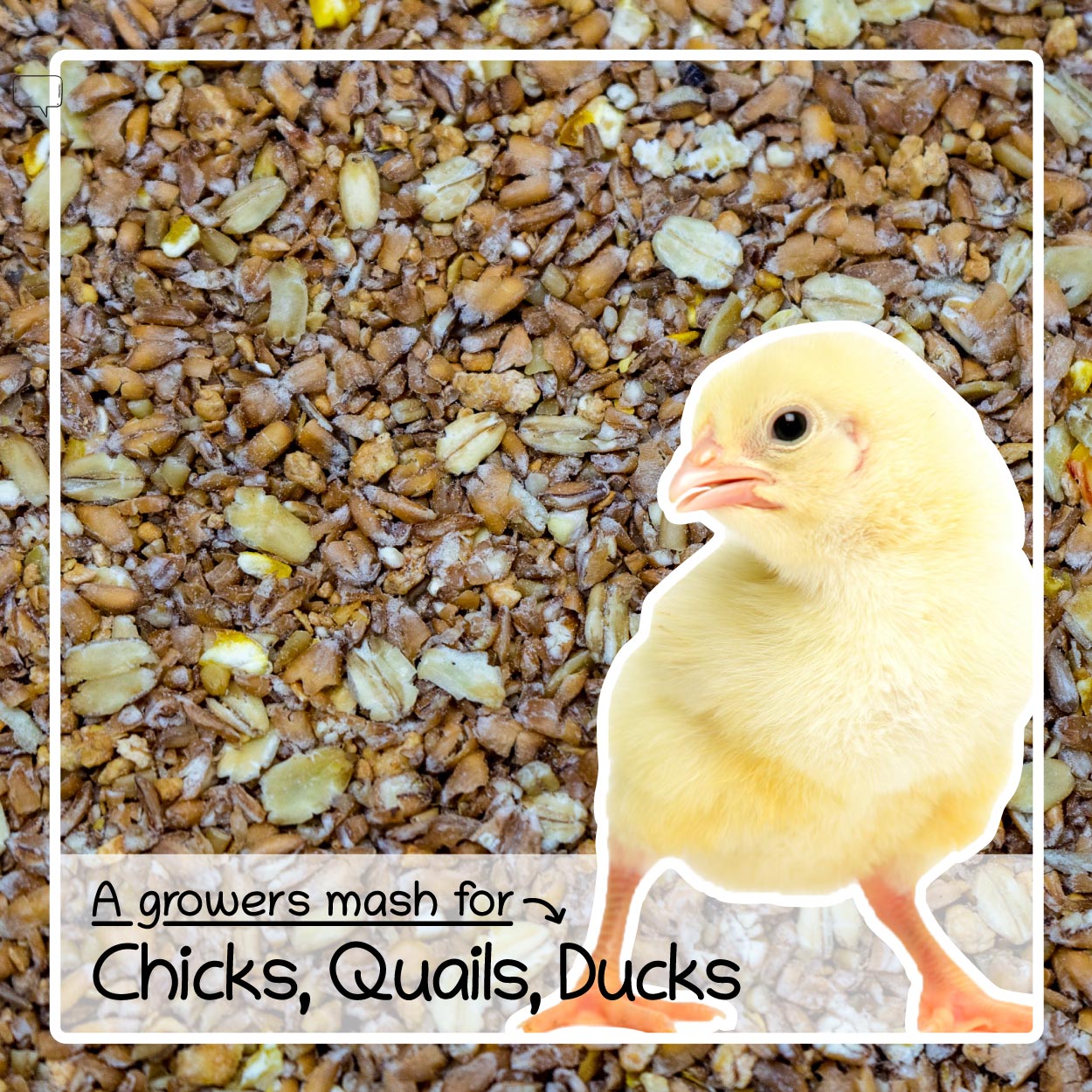
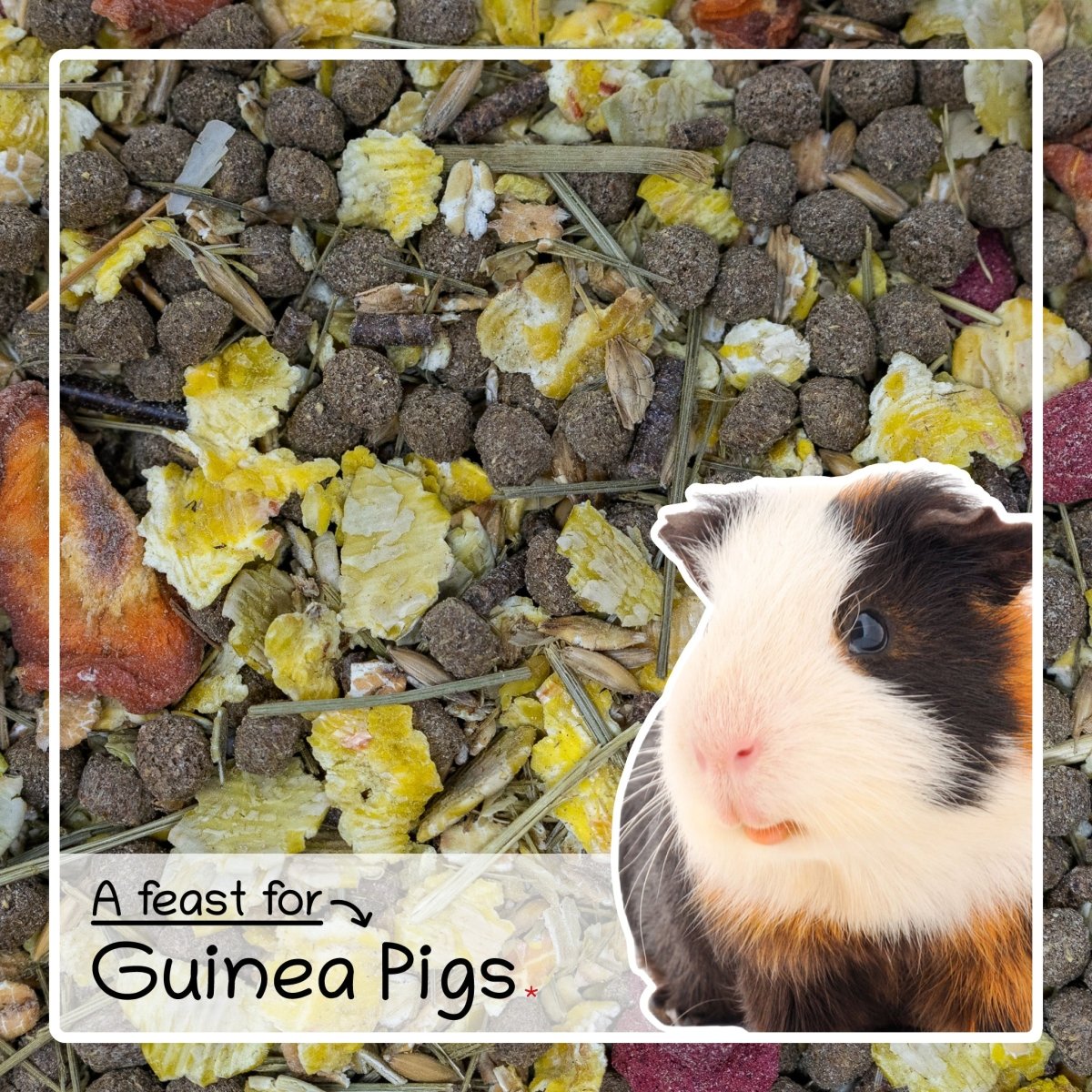
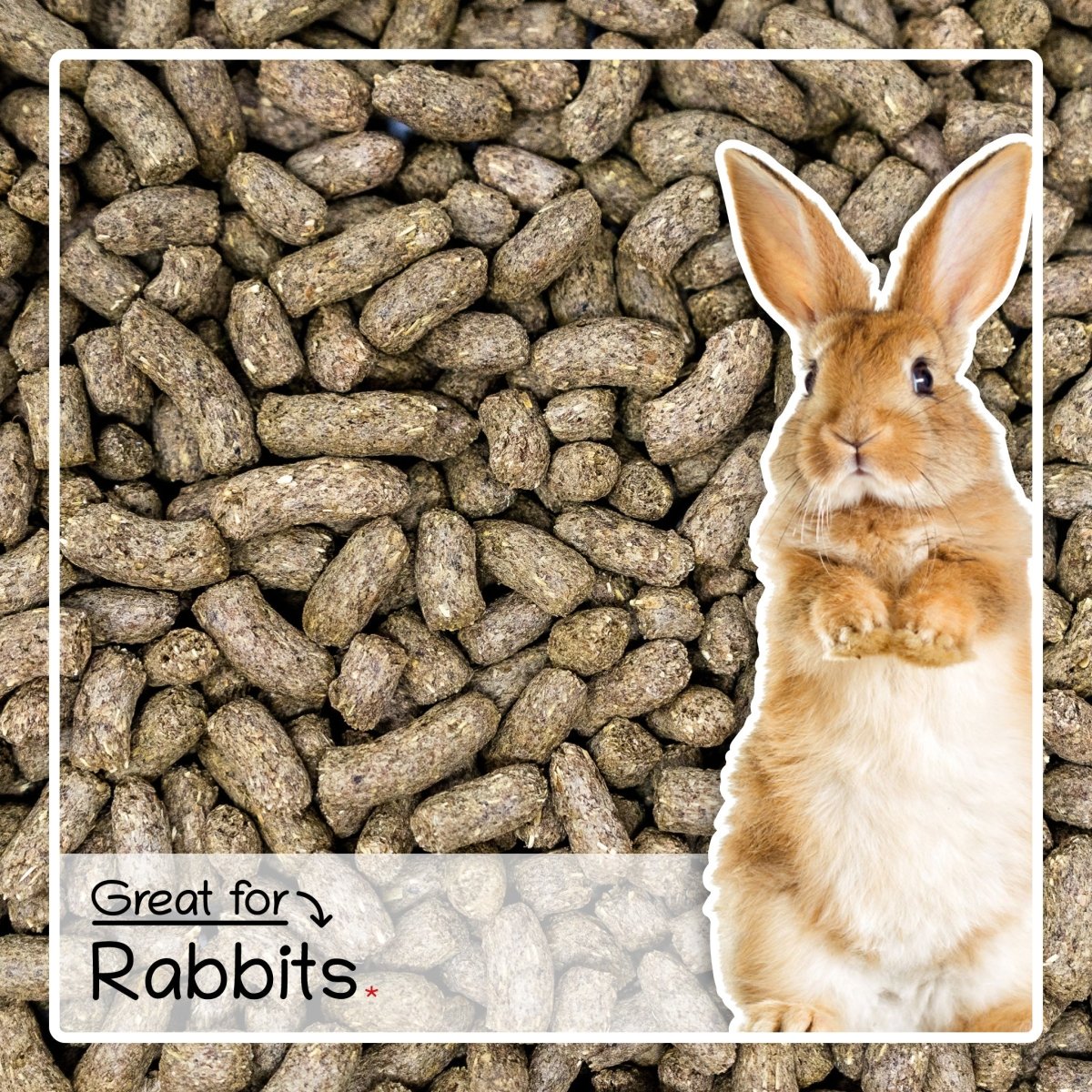
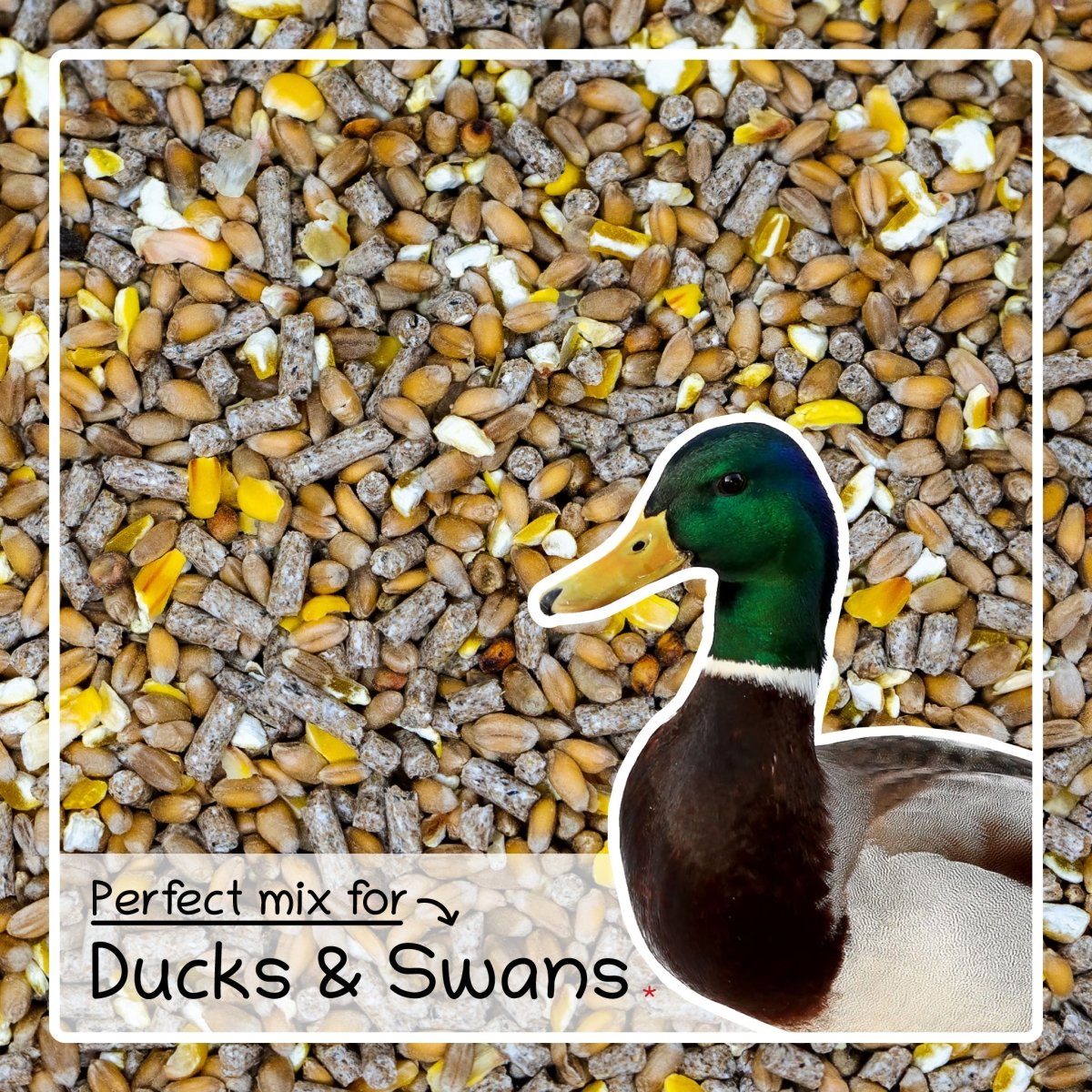
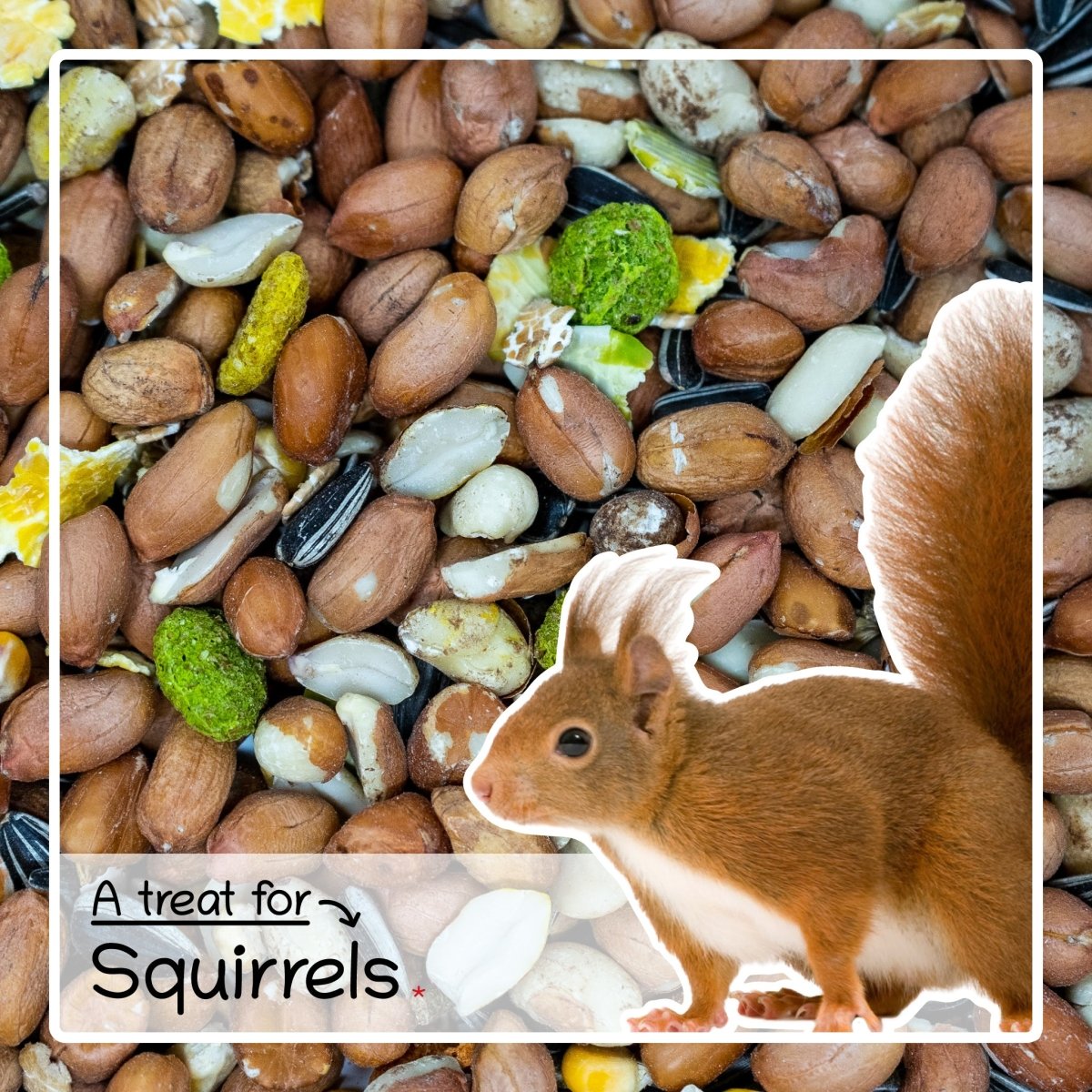


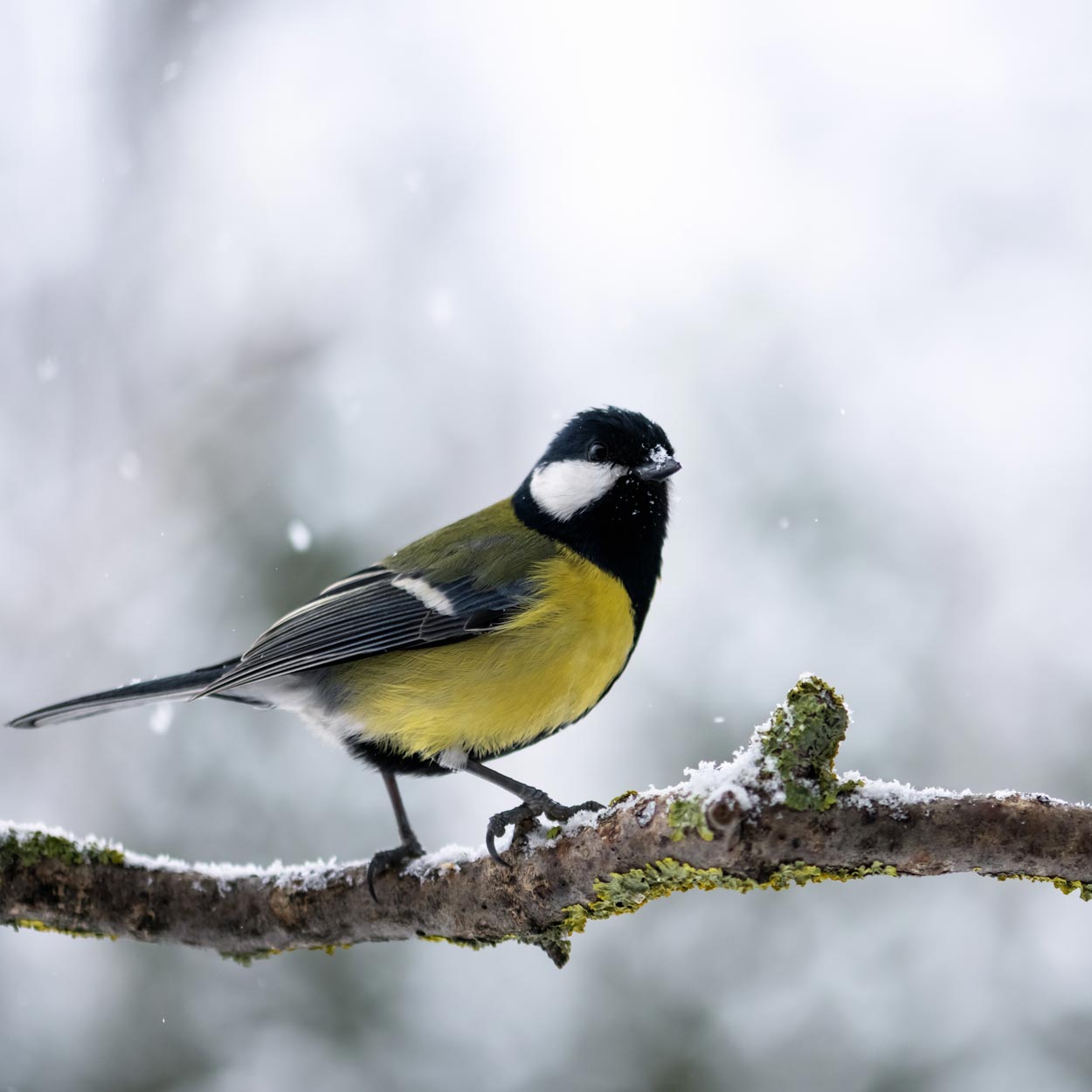
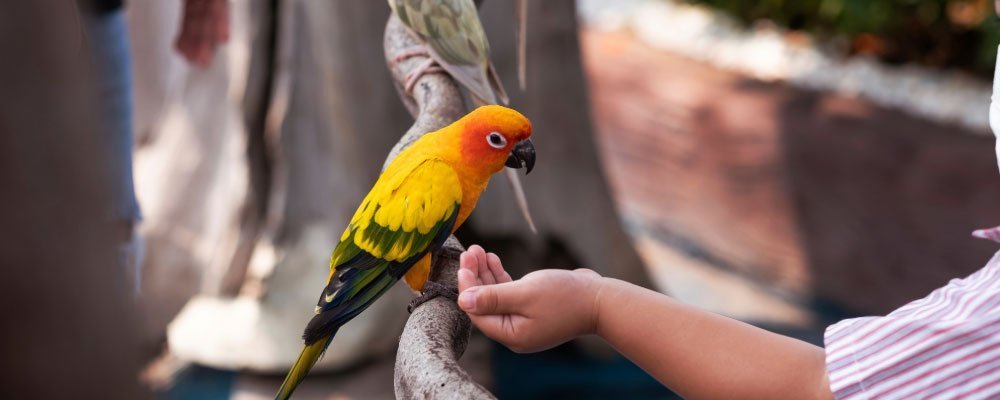
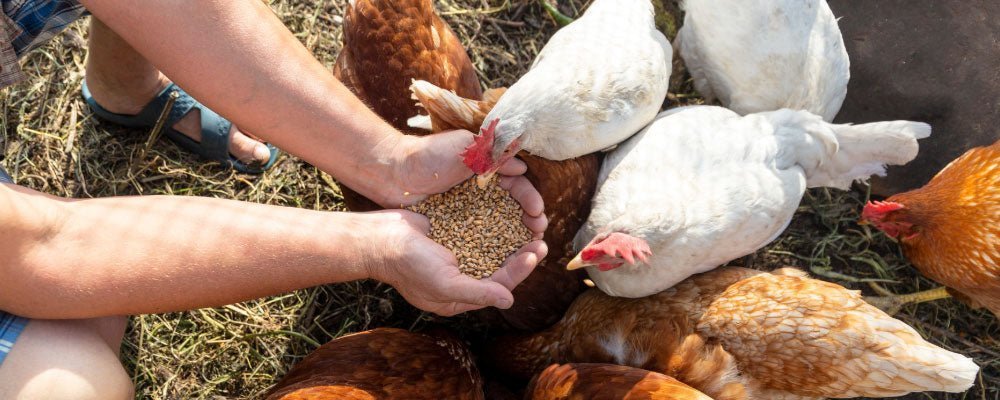
Leave a comment
This site is protected by hCaptcha and the hCaptcha Privacy Policy and Terms of Service apply.